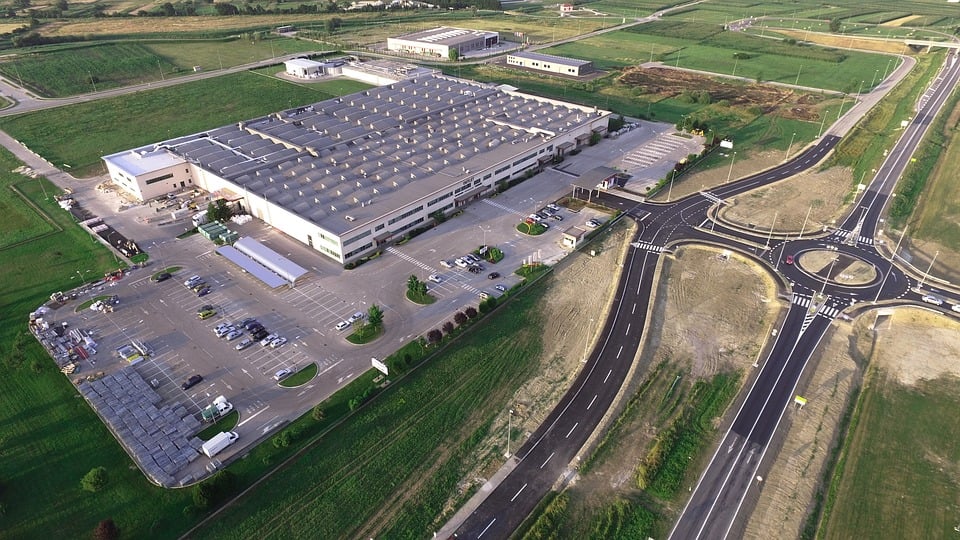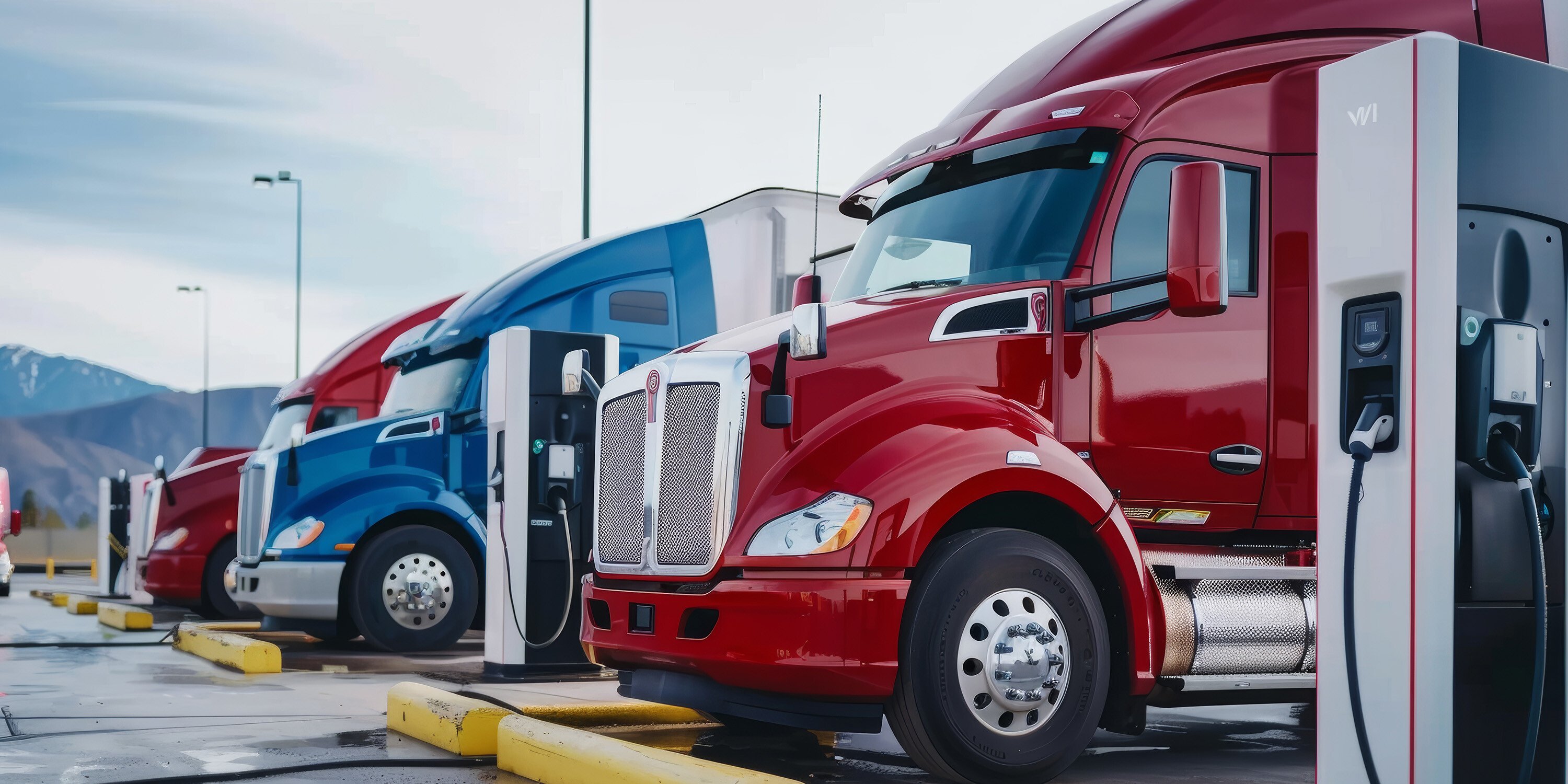Sustainability | June 11, 2024
Washington State's Clean Buildings Performance Standard: A Look at Key Legislation
This is the second in a series of articles outlining recent updates to building performance policies across the U.S. Stay tuned for more information on other jurisdictions over the coming weeks.
The State of Washington has taken a significant step towards a more sustainable future by introducing the Clean Buildings Performance Standard (BPS). This new standard, the first of its kind in the nation, aims to reduce energy consumption in commercial buildings over 50,000 square feet. The legislation is unique in requiring additional verification by qualified, third-party personnel for compliance. More on that below.
Tier 1 Compliance
The Clean Buildings Performance Standard mandates that buildings meet an energy use intensity target (EUIt), and the compliance deadlines are staggered based on building size:
- Buildings over 220,000 square feet: June 2026
- Buildings over 90,000 square feet: June 2027
- Buildings over 50,000 square feet: June 2028
Tier 2 Compliance
While this article focuses on Tier 1 Compliance, it is worth noting that Tier 2 buildings, those that are more than 20,000 but below 50,001 square feet, have an upcoming benchmarking deadline of July 2027. Applications for an extension of that deadline are due next year. It is unclear what the penalties for noncompliance will be, but this should become evident as the State analyzes the forthcoming benchmarking data.
Early Adopter Incentive
Washington State offers an incentive of $0.85 per square foot to implement measures that will bring buildings into compliance with the standard and encourage early compliance for the poorest-performing buildings. To qualify, buildings must be 15 energy use intensity (EUI) “points” or more above the target and must be brought into full compliance with the Clean Buildings Standard. Applications for the incentive must be submitted by 2025 for the largest building type and can be combined with utility programs for additional savings.
Requirements
Buildings have two pathways to comply: meet the target EUI by the compliance deadline or pursue the investment criteria path, which includes an ASHRAE Level 2 audit, implementation of all cost-effective measures, and measurement and verification of those measures. Additionally, all buildings must develop and implement an operations and maintenance program and an energy management plan 12 months before the compliance deadline.
Qualified Personnel
Each building's EUIt must be calculated based on its type, operating hours, and a normalization factor for its climate zone. The policy requires a “qualified person” to calculate the EUIt, typically a licensed Professional Engineer (PE) or certified energy manager (CEM).
Acting on Performance Standard
Like its Colorado counterpart, this legislation is a pioneering initiative by the State of Washington, setting the stage for other states to follow.
Preparing for Washington's requirements will also give you a leg up for compliance with similar local policies, including the City of Seattle Building Emissions Performance Standard, which will go into effect for each building size category five years after the corresponding statewide regulation.
Mantis Innovation is at the forefront of helping organizations understand and navigate this rapidly evolving regulatory environment and is adept at driving compliance efforts for building owners and operators.
Contact us today to learn how we can help you become and remain compliant, avoid penalties, and create value for stakeholders through the process.
Stay tuned for more updates on building performance standards across the U.S. as we track these important developments.
Related Posts
Discover more content and insights from Mantis Innovation

Carbon Credits Explained: A Primer for Achieving Your ESG Goals
In the race to achieve net-zero emissions, carbon credits have become a crucial tool for companies with hard-to-abate emissions. As of 2024, almost half of the Fortune 500 companies have net zero

Five Trends Driving Data Center Facility Energy Optimization
Today’s digital economy, commercial and industrial digitalization, and the recent explosion in artificial intelligence and machine learning (AI/ML) powered computing are driving massive growth in

Modernizing Manufacturing Facilities: The Drivers and Direction
This blog is just a glimpse into the deep dive we take in our new white paper, Modernizing Manufacturing. Download the white paper here to skip the teaser and get the whole story. The stage is set

Federal and State Policies Driving Commercial Fleet Electrification
As governments and industry transition to a low-carbon economy, regulations have begun rolling out at the federal level and in leading-edge states focused on commercial fleet electrification. Policy